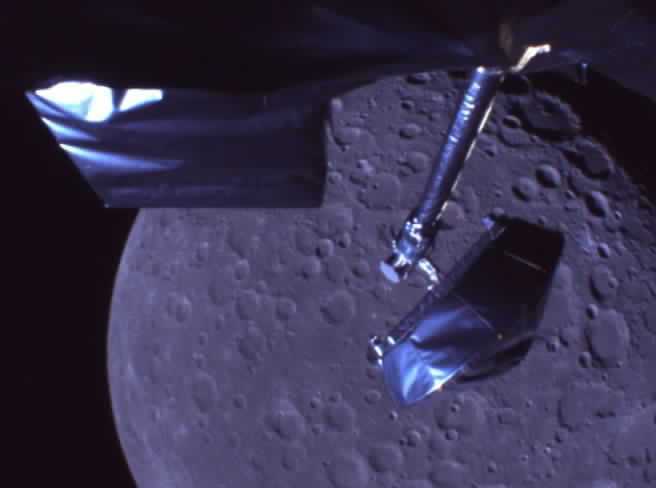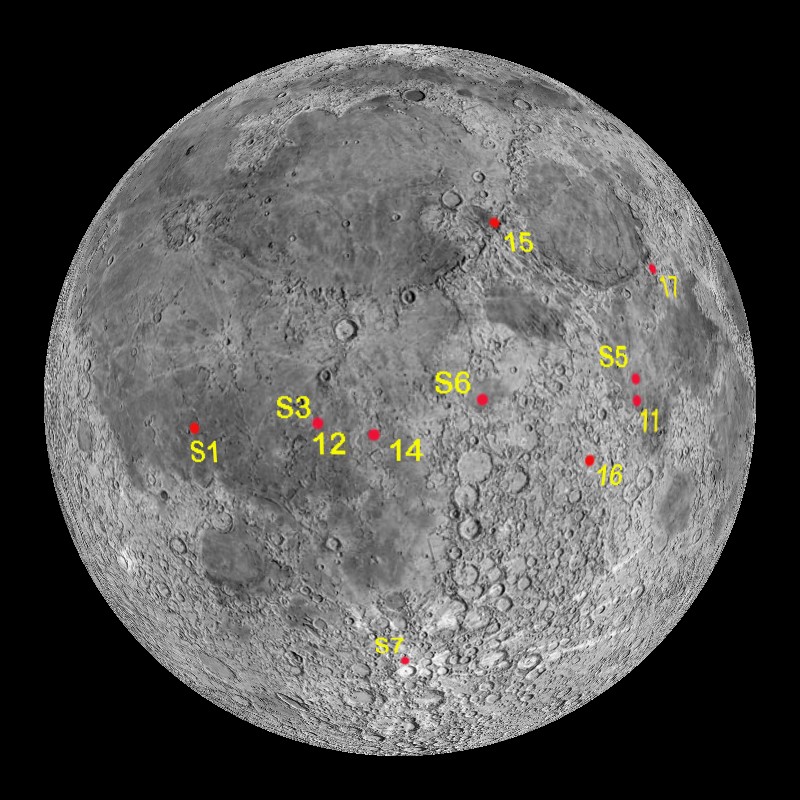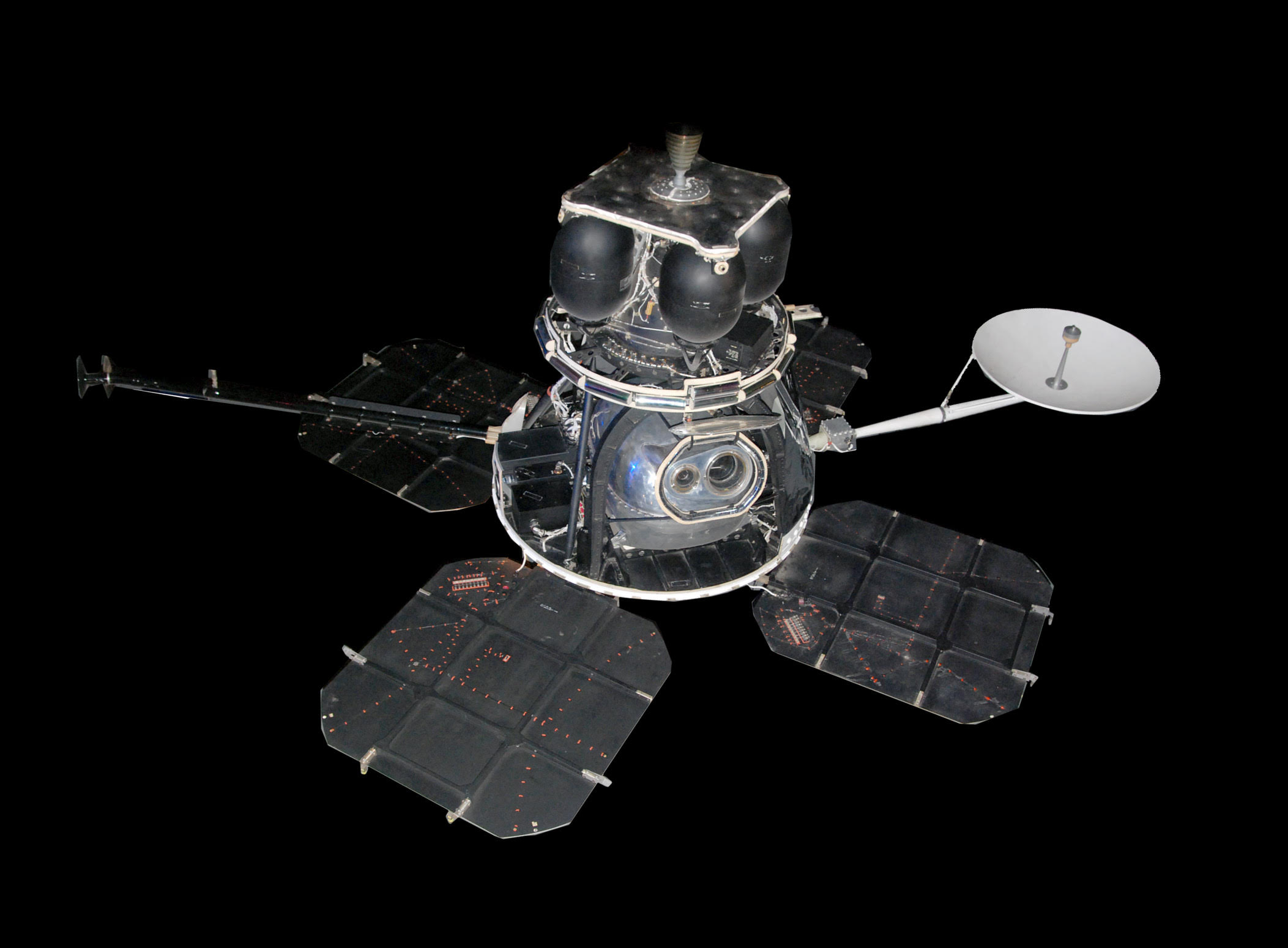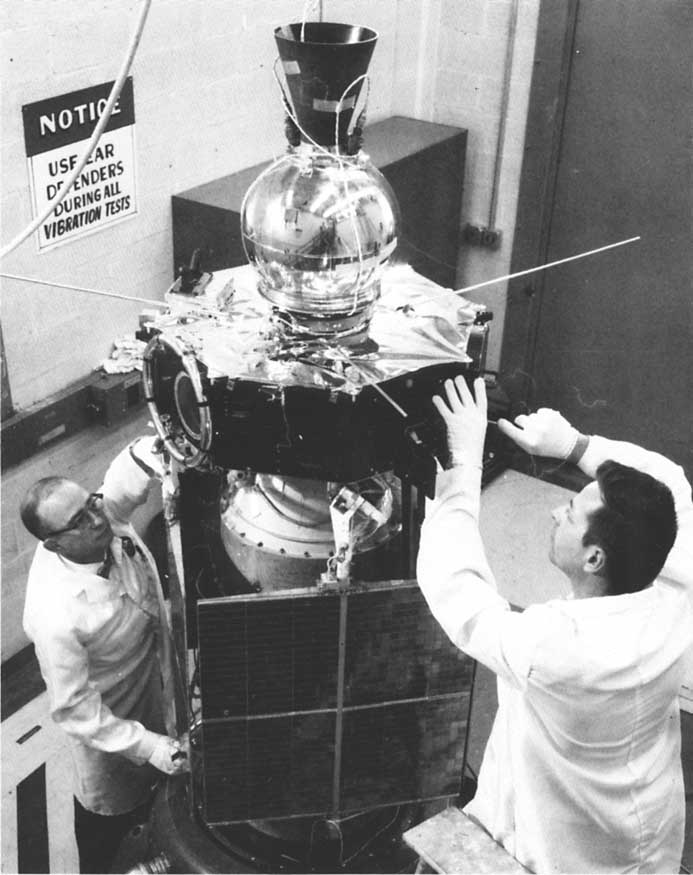Five years ago today — October 24, 2007 — the People’s Republic of China launched a spacecraft to orbit and study the Moon.

(Chang’e 1 launch. Public domain image from Wikimedia Commons.)
Chang’e 1, “named for a Chinese legend about a young goddess who flies to the Moon,” entered lunar orbit on November 7, 2007. It carried eight different scientific instruments, and its objectives were to
obtain three-dimensional stereo images of the lunar surface, analyze the distribution and abundance of elements on the surface, survey the thickness of lunar soil and to evaluate helium-3 resources and other characteristics, and to explore the environment between the Moon and Earth.
The spacecraft remained in orbit around the Moon until March 2009, according to the Wikipedia entry.
___
In other space history, 50 years ago today — October 24, 1962, during the Cuban Missile Crisis — the Soviet Union launched Sputnik 22, which was intended to be an interplanetary mission to fly by Mars. The spacecraft and the upper stage of the rocket
either broke up as they were going into Earth orbit or had the upper stage explode in orbit during the burn to put the spacecraft into Mars trajectory. In either case, the spacecraft broke into many pieces, some of which apparently remained in Earth orbit for a few days.
That debris reportedly showed up on the radar at the Ballistic Missile Early Warning System (BMEWS) site in Alaska, and “was momentarily feared to be the start of a Soviet nuclear ICBM attack.”
Those were scary times. This incident points out the simple fact that space launch technology is of a kind with ballistic missile technology, which is why we spent so much time and effort protecting our U.S. designs and methodologies when I served in the Defense Technology Security Administration.

















